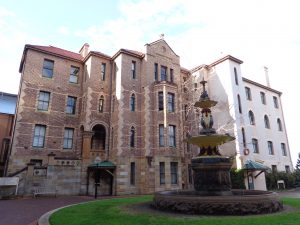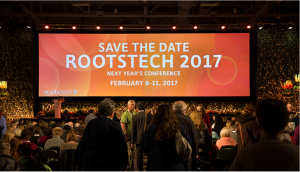 One of the great things about having an overseas visitor stay is showing them around our great city of Sydney and state of New South Wales.
One of the great things about having an overseas visitor stay is showing them around our great city of Sydney and state of New South Wales.
  |
Having visited several historic churches in Sydney, the convict barracks, the mint, Sydney Hospital and the Mitchell Library, we have just spent the last few days on the road showing our Edenborough cousin from England the fabulous wineries of Orange, the historic villages of Carcoar and Millthorpe, the amazing road circuit of Mt Panorama at Bathurst and the scenic Blue Mountains.
  |
The coming week will see us visit several more Sydney icons including Cockatoo Island on the Harbour, Taronga Zoo and Manly, as well as day trips down the coast to Bundeena and Kiama before our visitor moves on to another fabulous Australian city, Adelaide.




